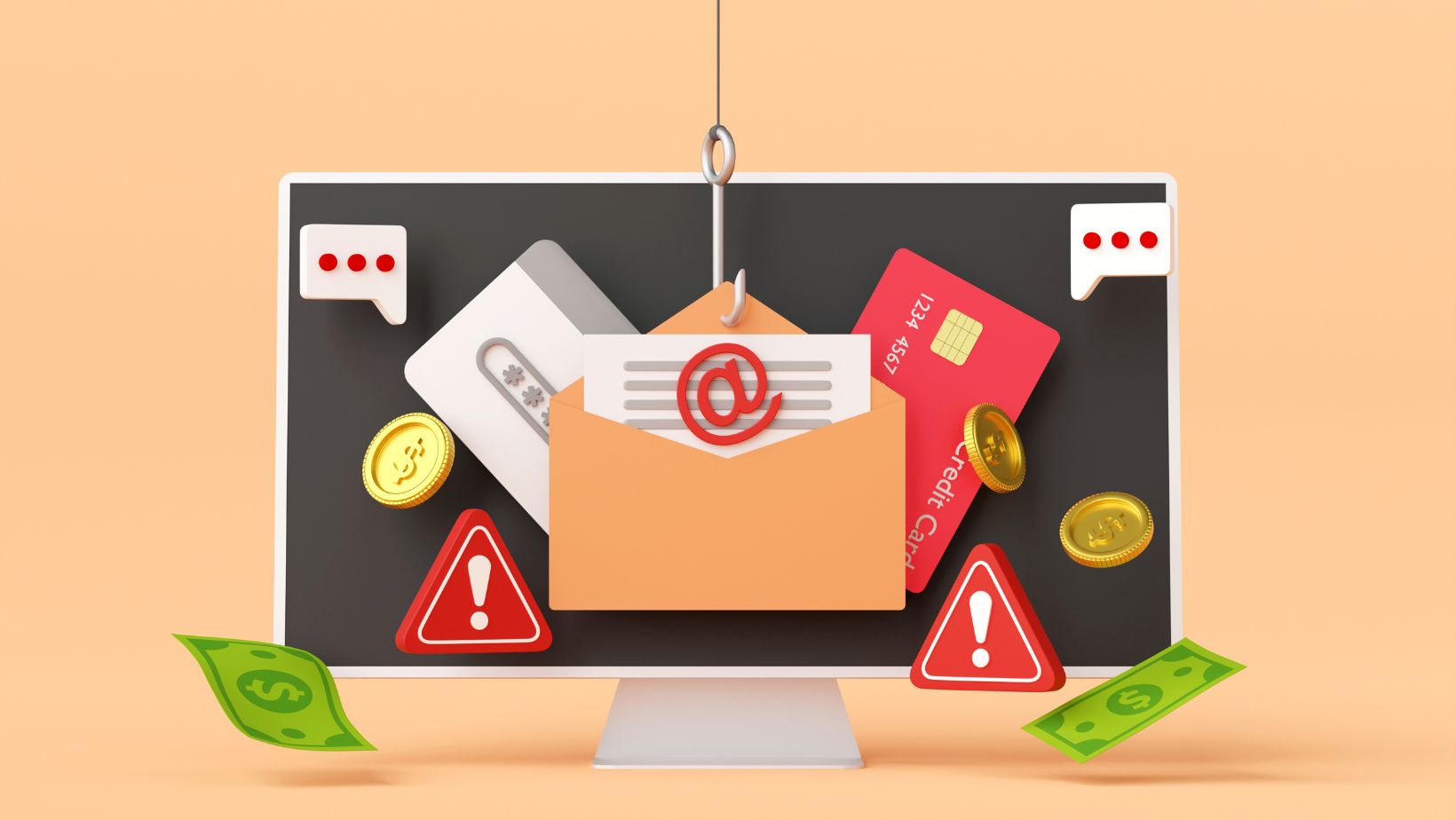
In the digital age, no one’s immune to the potential havoc of cyber attacks, not even high-level management. The seemingly innocuous email message has become a favorite weapon of cyber attackers, wielded with surprising effectiveness. But how does this happen, and why are those in management so often targeted?
I’ll dive into the world of cybercrime, shedding light on the strategies these digital predators use to infiltrate corporate defenses. We’ll explore why the higher echelons of management are particularly vulnerable, and how an innocent-looking email can serve as a Trojan horse, opening the gates to sensitive information.
What Type of Email Message is Used by Cyber Attackers to Target High Level Management
Knowing about the variety of cyber threats only becomes worthwhile when we apply the knowledge to anticipate future attacks. I’m going to delve into further details about why cyber attackers are inclined to prey on high-level management and cite some past instances that illustrate this trend well.
Why High-Level Management is a Target
 Node break-ins and system breaches could have dire consequences, but often, the focus of cyber attackers isn’t just arbitrary. High-level management emerges as a tantalizing prospect for an array of reasons. First, they have extensive access to sensitive company data, making them “golden keys” to any would-be attacker. Their hectic schedules and vast email communications make it likely they’ll inadvertently open malicious emails. Lastly, their lack of technical knowledge can make them easier targets compared to their subordinate employees.
Node break-ins and system breaches could have dire consequences, but often, the focus of cyber attackers isn’t just arbitrary. High-level management emerges as a tantalizing prospect for an array of reasons. First, they have extensive access to sensitive company data, making them “golden keys” to any would-be attacker. Their hectic schedules and vast email communications make it likely they’ll inadvertently open malicious emails. Lastly, their lack of technical knowledge can make them easier targets compared to their subordinate employees.
Examples of Major Cyber Attacks on Executives
Historical instances shed light on the gravity of this ever-growing issue. Sony’s executive team, back in 2014, fell into a well-set phishing trap that leaked confidential, and in some parts, scandalous, details to the public. Even more recently, in 2020, Twitter’s administrative accounts became victims of a Bitcoin scam. The felons used a spear-phishing attack, disguised as an internal system message, to dupe employees, leading to a temporary mishap in the Twitter universe. These examples underline the vulnerability of executives and their susceptibility to fall for cyber attackers’ tricks.
How Email Messages are Used in Cyber Attacks
Emails remain an effective tool for cyber attackers to target high-level management. Below, I’ll dissect the anatomy of a phishing email and explain how hackers employ email spoofing.
Anatomy of a Phishing Email
 A phishing email typically includes an urgent request for action. This creates a sense of urgency, compelling the recipient to respond without validating the source. Specific components often within such emails include:
A phishing email typically includes an urgent request for action. This creates a sense of urgency, compelling the recipient to respond without validating the source. Specific components often within such emails include:
- Sender Information: This appears legitimate and often mirrors an authority figure or organization known to the recipient.
- Subject Line: This provokes curiosity, fear, or compels immediate action.
- Email Body: This contains a convincing story to justify the urgent action, supported by professional language mimicking that of the impersonated organization.
- Call to Action: This is a request for personal or company sensitive data, or a link leading to a fraudulent website for data capture.
How Hackers Employ Email Spoofing
Email spoofing is a common technique used by hackers to make emails appear originated from a different source. I’ll explain key methods and their prevalence:
- Display Name Spoofing: Here, the attacker appropriates a trusted name, compelling the recipient to trust the email.
- Domain Spoofing: The attacker creates a fraudulent domain similar to a trusted source or uses character substitution to trick the human eye.
- Look alike Domain Spoofing: Here, the attacker uses a domain that appears similar to the trusted source, exploiting the hurried nature of business communications.
Cybersecurity Solutions for Email Protection
 Deploying top-notch cybersecurity solutions for email protection is another smart move. These solutions typically offer automatic scanning of incoming and outgoing emails for possible threats, with advanced threat intelligence capabilities. They also have real-time URL analysis to detect malicious URLs embedded in emails. For example, the team at Sony Pictures could have greatly reduced the risk of their infamous hack had they utilized cybersecurity solutions such as cloud-based email gateways, multi-factor authentication, and robust anti-spam filters. These systems, combined with regular cybersecurity awareness training, can build an effective defense against potential email-based cyberattacks.
Deploying top-notch cybersecurity solutions for email protection is another smart move. These solutions typically offer automatic scanning of incoming and outgoing emails for possible threats, with advanced threat intelligence capabilities. They also have real-time URL analysis to detect malicious URLs embedded in emails. For example, the team at Sony Pictures could have greatly reduced the risk of their infamous hack had they utilized cybersecurity solutions such as cloud-based email gateways, multi-factor authentication, and robust anti-spam filters. These systems, combined with regular cybersecurity awareness training, can build an effective defense against potential email-based cyberattacks.
